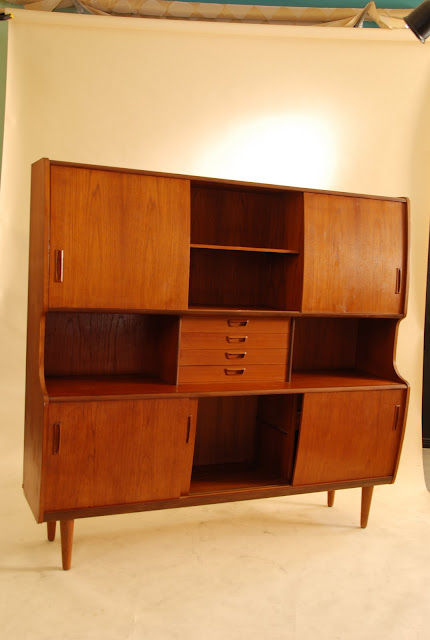9.6.11
"Bruno Mathsson is one of the most important Swedish architects and designers of the 20th Century. He is world famous for his furniture design but was also commissioned for many architectural projects.
As a designer and architect he was self-taught, his learning came mainly from books and magazines, his inspiration from nature.
Bruno Mathsson developed modernism in furniture and architecture, addressing both general and specific problems. His ideas of the “ultimate seating” was the basic concept of his furniture design, reflected in sitting curves and table heights. He also designed office furniture based on the thesis that people in office environments would work more comfortably and think more efficiently in a reposing position. Mathsson always viewed his furniture designs in a broader context – as an interaction in room and nature. Mathsson’s ideal room has large expanses of glazing, so as to make the surrounding landscape interact with the interiors. His slender, organic furniture shapes complete the expression. For Mathsson, the links between design and nature were self evident.
Bruno Mathsson had his international breakthrough at the 1937 International Exposition in Paris. One of the first commissions came from MOMA, New York, which needed furniture for the public rooms in its new extension. In the 1930’s he designed some of his most attractive and collectable furniture such as the “Pernilla” chair and the “Maria” table, which is convertible from a small slither of a table into a large dining table. Most of his designs were named after women.
In 1948 Bruno Mathsson and his wife Karin (yes, there is a chair named after her also) made a journey to the US. He got to meet with many of the great contemporary architects he had read about: Frank Lloyd Wright, Eilel and Eero Saarinen, Charles and Ray Eames.
The interest for Bruno Mathsson’s design was renewed due to his success at the exhibition Interbau in Berlin 1957. In the 1960’s he created the famous “Superelips” table together with and artist mathematician Piet Hein. This series was produced both by Swedish manufacturer Karl Mathsson and in Denmark by Fritz Hansen. The most exclusive versions came with rosewood or teak tops." http://www.modernity.se
Subscribe to:
Post Comments (Atom)




















No comments:
Post a Comment